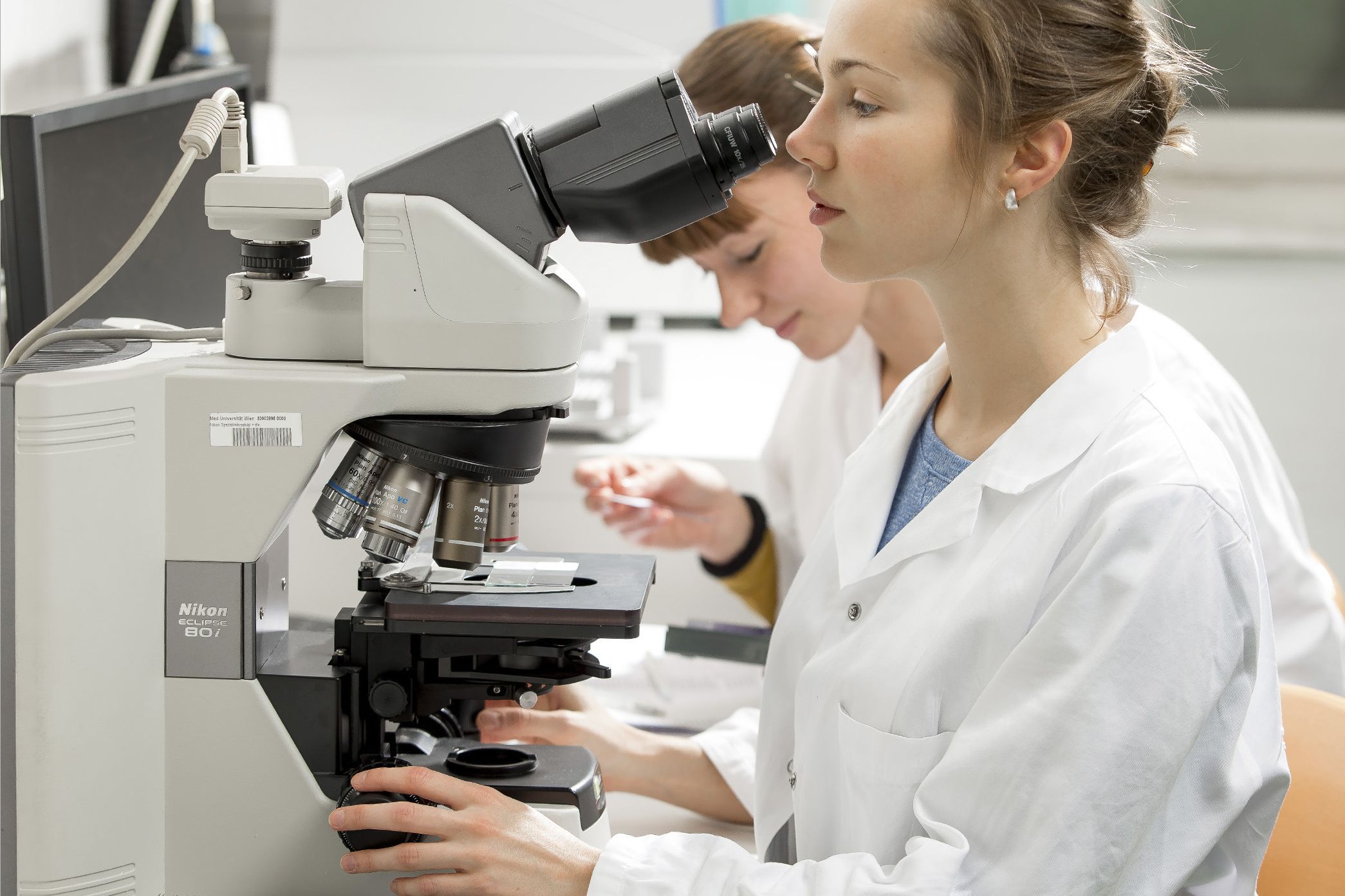
(Linz, Vienna 2 September) A team of researchers led by Sigurd Lax, Professor of Pathology at the Johannes Kepler University Linz and Head of the Department of Pathology of Hospital Graz II, together with colleagues from the Medical University of Graz and the Medical University of Vienna, has published a study on the post-mortem viral dynamics of SARS-CoV-2.
The persistence of SARS-CoV-2 after death of infected individuals is unclear. The aim of this study was to investigate the presence of SARS-CoV-2 RNA in various organs in connection with tissue damage and virus dynamics in deceased COVID-19 patients.
Twenty-eight patients, who died from COVID-19 were examined. At autopsy, swabs were taken from the throat, both lungs, intestine, gall bladder and brain in 19 cases, and from the throat alone in nine cases without autopsy. Viral RNA was detected in almost all cases in the lungs and throat, in about 50% of the cases also in the intestine. Virus components of SARS-CoV-2 were detected immunohistochemically in bronchial and intestinal epithelium, bronchial glands and pneumocytes. Blood, bile and brain, however, were negative. Consecutive throat swabs were shown to be positive up to 128 hours after death. All lungs showed pronounced organ damage regardless of the amount of virus, most frequently in the form of diffuse alveolar damage, thromboses and infarcts, and in some cases bacterial bronchopneumonia. In 30% the colon showed focal ischemic changes.
In conclusion, viral RNA can still be detected several days after death, most often in the respiratory tract, followed by the intestine. The severe damage to the lungs compared to the intestine has a complex pathogenesis, and is also caused by pulmonary thrombosis. Potential infectivity cannot be ruled out post-mortem.
The study / full text of the original article can be found here